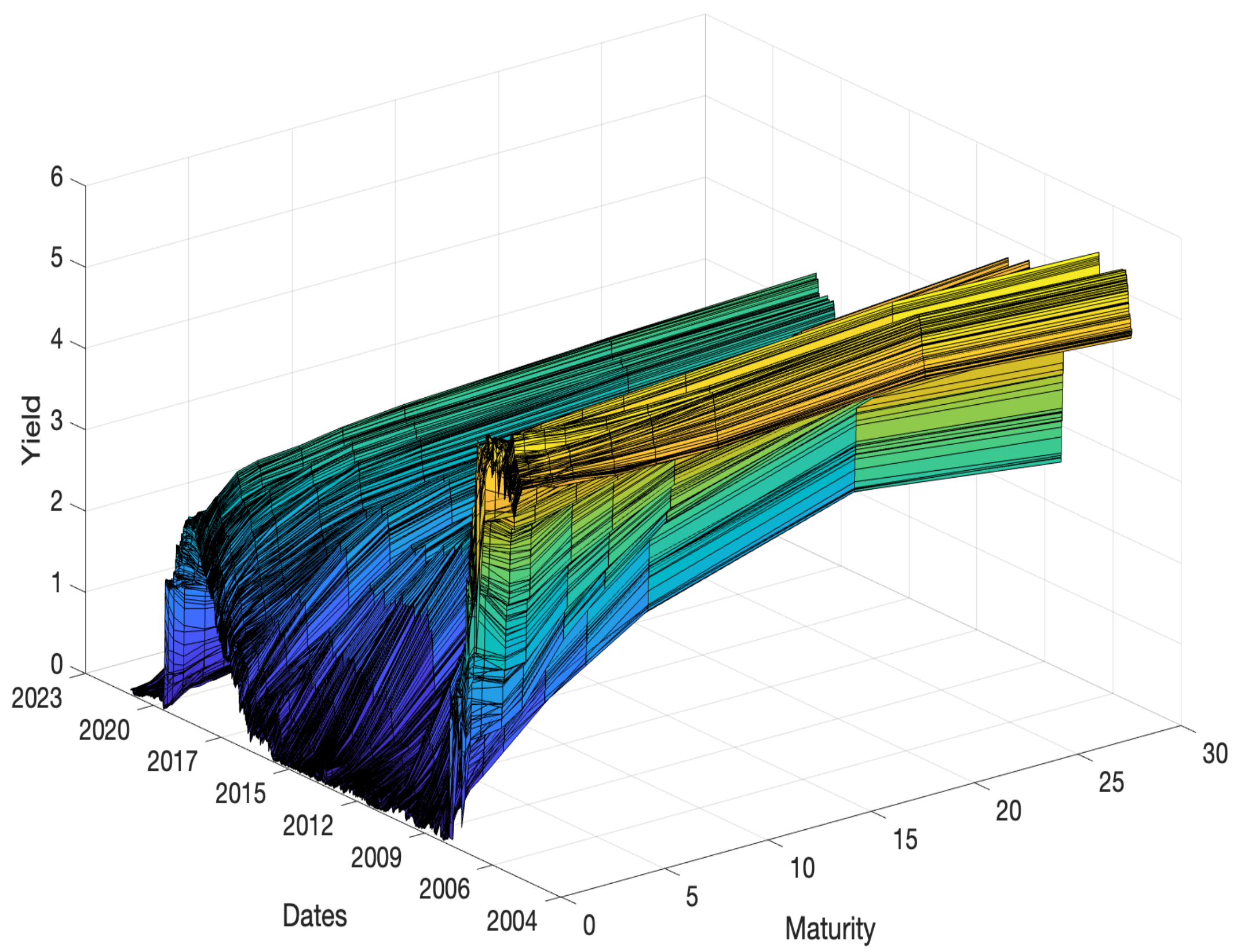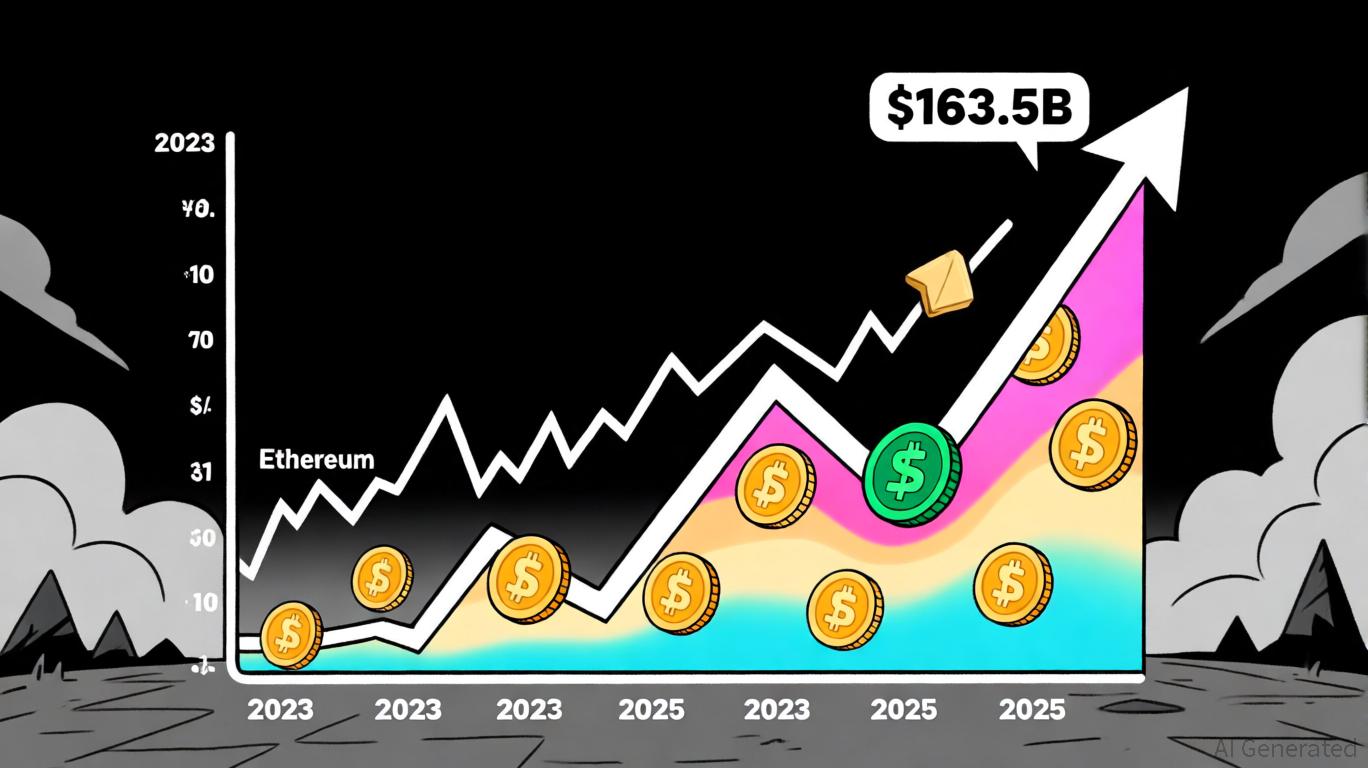How to Earn Real-World Yield with Reinsurance-Backed Stablecoins (reUSD)

Yield-bearing stablecoins have evolved beyond simple rebasing tokens and DeFi lending loops. Today, a new frontier is emerging: reinsurance-backed stablecoins like reUSD, which deliver real-world yield by tapping into the vast, historically resilient insurance sector. With reUSD currently priced at $0.9888, it’s drawing attention from investors seeking low-volatility, USD-denominated returns that are uncorrelated with traditional crypto market cycles.
What Makes reUSD Unique Among Stablecoins?
Unlike most algorithmic or overcollateralized stablecoins, reUSD is engineered to generate yield by leveraging two distinct sources:
- U. S. Treasury bills (T-bills): Providing a base layer of safety and predictable returns.
- Delta-neutral ETH basis strategies: Capturing additional yield from market-neutral trades on Ethereum derivatives.
This dual-source mechanism means that reUSD dynamically selects the higher of either the 7-day trailing average SOFR plus 250 basis points or the current annualized yield available from Ethena’s basis trade. This approach ensures holders don’t miss out on favorable market conditions while retaining principal protection and low volatility.
How Does reUSD Deliver Real-World Yield?
The underlying innovation with reinsurance-backed stablecoins is their direct connection to the insurance industry’s risk pools. Here’s how it works in practice:
- User deposits admitted assets (such as USDC, DAI, USDe, or sUSDe) into Re’s Insurance Capital Layer (ICL).
- The ICL allocates these assets into fully collateralized quota-share reinsurance contracts, working exclusively with licensed insurers.
- Pooled capital earns premiums from underwriting real-world insurance risks, such as property/casualty coverage or specialty lines.
- Additionally, capital may be deployed in delta-neutral ETH basis trades or T-bills, optimizing for risk-adjusted yield at all times.
- Yield accrues to reUSD holders automatically via smart contracts, functioning similarly to a tokenized money-market fund but with blockchain composability and transparency.
This structure allows investors to access an entirely new category of stablecoin – one that monetizes both traditional insurance risk and digital asset markets in a compliant, transparent way. For more technical details on this process and its regulatory framework, see Re Protocol’s official FAQ.
Current Market Data for reUSD ($0.9888): What Investors Should Know
The current price of $0.9888 reflects both the underlying asset stability and short-term supply-demand dynamics on platforms like Avalanche and Curve. Over the past 24 hours, reUSD has traded between $0.9886 and $1.00, demonstrating tight peg control despite ongoing liquidity expansion efforts by Re Protocol.
This stability is not accidental – it’s underpinned by strict collateralization standards and robust KYC/AML compliance requirements for participants (note: U. S. persons are excluded). The protocol’s transparent smart contract structure allows any investor to audit capital flows into admitted insurers’ risk pools at any time.
The Dual Yield Engine: T-Bills Meet Delta-Neutral Crypto Strategies
A key differentiator for reUSD is its ability to allocate capital dynamically between two uncorrelated sources of return:
- If rates rise in TradFi markets, T-bill yields provide a strong baseline return above many DeFi lending protocols.
- If crypto volatility spikes or basis spreads widen, delta-neutral strategies can outperform Treasuries without directional exposure to ETH prices.
This flexibility gives investors an edge over single-source yield products while keeping downside risks tightly managed through full collateralization and regulated insurance partnerships.
reUSD (reUSD) Price Prediction Table: 2026-2031
Forward-Looking Analyst Projections for reUSD vs. Other Real-World Yield Stablecoins
| Year | Minimum Price | Average Price | Maximum Price | Year-over-Year Change (%) | Market Scenario Insights |
|---|---|---|---|---|---|
| 2026 | $0.98 | $1.00 | $1.02 | +1.2% | Continued institutional adoption and DeFi integration; yield remains competitive with T-bills and basis trades |
| 2027 | $0.97 | $1.01 | $1.03 | +1.0% | Growth in onchain reinsurance; regulatory clarity improves, but competition from new yield stablecoins increases |
| 2028 | $0.97 | $1.01 | $1.04 | +1.0% | Technology upgrades enable higher transparency; reUSD maintains market share despite emerging alternatives |
| 2029 | $0.96 | $1.01 | $1.05 | +1.0% | Global macro conditions stabilize; real-world asset (RWA) tokenization expands, supporting demand for reUSD |
| 2030 | $0.96 | $1.02 | $1.06 | +1.0% | Further institutionalization of DeFi; increased regulatory acceptance drives greater capital inflows |
| 2031 | $0.95 | $1.02 | $1.07 | +1.0% | Mature RWA stablecoin market; reUSD’s yield model remains attractive, but price stability is tested by cyclical insurance risks |
Price Prediction Summary
reUSD is expected to maintain its principal-protected, yield-accruing profile through 2031, with prices ranging tightly around $1.00. Minor deviations reflect market stress, regulatory changes, and new competition, while the average price remains stable due to robust underlying yield mechanisms. Upside scenarios are driven by increased institutional adoption and DeFi composability, while downside risks stem from regulatory shifts or insurance sector shocks.
Key Factors Affecting reUSD Price
- Integration of real-world reinsurance yield with blockchain technology
- Institutional adoption and regulatory clarity in target markets
- Competition from other real-world yield and RWA stablecoins
- Evolution of DeFi protocols and composability with reUSD
- Global macroeconomic trends and interest rate environment
- Potential for increased insurance sector volatility impacting yield sources
- KYC/AML and geographic restrictions affecting user base
Disclaimer: Cryptocurrency price predictions are speculative and based on current market analysis.
Actual prices may vary significantly due to market volatility, regulatory changes, and other factors.
Always do your own research before making investment decisions.
For those seeking stable, real-world yield in a digital-native format, reinsurance-backed stablecoins like reUSD represent a pragmatic evolution. By merging the reliability of traditional insurance returns with blockchain efficiency, reUSD offers a unique value proposition compared to DeFi yield farms or purely overcollateralized stables.

Risk Management and Transparency: The Institutional Edge
One of the most compelling aspects of reUSD is its focus on transparency and compliance. All capital flows are managed via onchain smart contracts, and only admitted assets (USDC, DAI, USDe, sUSDe) are accepted for minting. This design ensures that every reUSD token is fully backed by real-world collateral or risk-adjusted positions in regulated insurance pools.
The protocol’s open architecture allows investors to independently verify:
- Collateralization ratios at any time through public blockchain explorers
- Premium flows from insurance contracts and associated yield metrics
- KYC/AML compliance status, reducing regulatory uncertainty for non-U. S. participants
This level of auditability is rare among stablecoins and is a key reason why institutional allocators are beginning to take notice.
Practical Considerations Before Allocating to reUSD
Before allocating capital to any real-world yield stablecoin, investors should weigh several pragmatic factors:
Key Risks and Considerations Before Buying reUSD
-

Regulatory Restrictions: reUSD is not available to U.S. persons and may face restrictions in other jurisdictions. Participation requires KYC/AML verification to comply with regulations. Always verify your eligibility before attempting to purchase or interact with reUSD.
-

Underlying Asset and Strategy Risks: reUSD generates yield from U.S. Treasury bills and delta-neutral ETH basis strategies. While these are generally low-risk, they are not risk-free—market volatility, basis trade disruptions, or Treasury market anomalies could impact returns.
-

Price Stability and Redemption: The current price of reUSD is $0.9888 (24h range: $0.9886 – $1.00). Although designed as a stablecoin, minor price fluctuations can occur due to market dynamics and liquidity. Redemption mechanisms may also depend on available liquidity and counterparties.
-

Smart Contract and Platform Risk: reUSD operates on the Avalanche blockchain and relies on smart contracts. Potential vulnerabilities or exploits in smart contracts, or issues with the Avalanche network, could result in loss of funds or service interruptions.
-

Counterparty and Collateralization Risk: reUSD’s yield comes from fully collateralized quota-share reinsurance contracts via licensed insurers. If counterparties fail to honor obligations or collateral management is inadequate, there may be a risk to principal or yield.
-

Liquidity Considerations: reUSD offers Curve liquidity, but market depth may vary. Large transactions could experience slippage or delays, especially during periods of high volatility or low liquidity.
- Jurisdictional restrictions: U. S. persons are currently excluded from participating due to regulatory constraints.
- KYC/AML onboarding: Full identity verification is required for all users.
- Redemption windows: While Curve liquidity is available, direct redemption features are still rolling out – always check current withdrawal terms.
- Market liquidity: As with any emerging protocol, monitor onchain liquidity depth and spreads before executing large trades.
- Underlying risk exposure: Returns depend on both insurance premium performance and delta-neutral trading efficacy; review protocol disclosures regularly.
The current price of $0.9888, with a tight trading range over the past day ($0.9886–$1.00), underscores the asset’s resilience but also highlights the importance of monitoring peg stability as adoption scales.
Why Real-World Yield Stablecoins Are Gaining Traction Now
The macro backdrop for yield-bearing stablecoins has shifted as traditional money markets become more competitive and DeFi lending rates compress. With protocols like Re. xyz bridging capital into regulated insurance pools while layering in delta-neutral crypto strategies, investors can now access a hybrid yield profile that was previously unavailable in either TradFi or DeFi alone.
This innovation isn’t just theoretical – it’s already attracting significant attention from DAOs, family offices, and non-U. S. high-net-worth individuals looking for transparent dollar yields without taking on directional crypto risk.
The Bottom Line for Conservative Yield Seekers
If you’re searching for passive income opportunities that blend blockchain composability with real-world asset backing, reUSD deserves close consideration. Its dual-yield engine – combining T-bill rates with delta-neutral ETH basis returns – offers an attractive alternative to both static fiat stables and riskier DeFi lending pools.
The emergence of products like reUSD signals a broader trend: the tokenization of regulated financial primitives is moving beyond hype into practical utility. For those willing to navigate KYC requirements and jurisdictional nuances, this new category could become a core holding in diversified digital asset portfolios seeking steady returns with minimized volatility.














